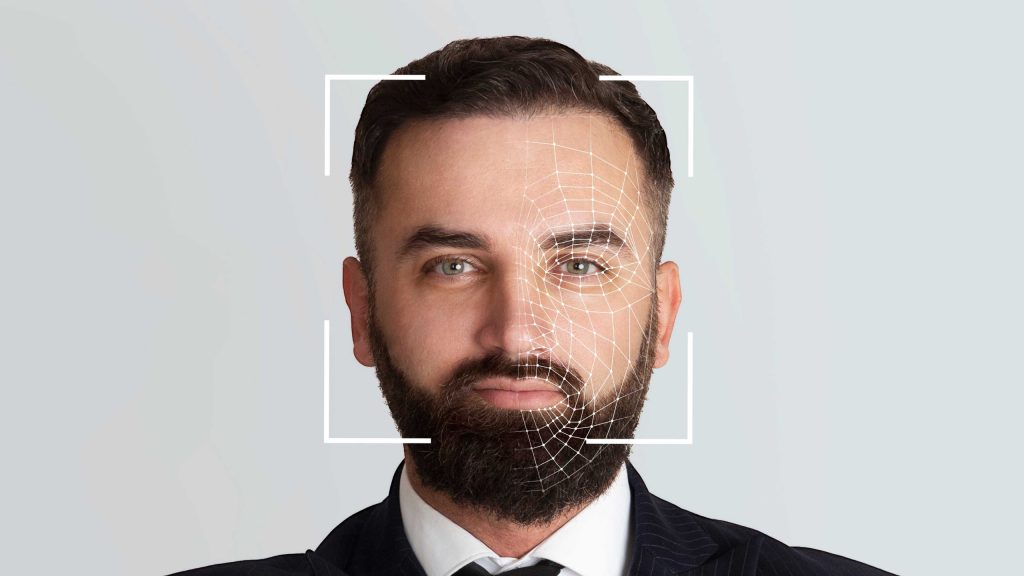Education is starting to look a little different in classrooms across New Zealand and the world. Textbooks are being swapped out for tablets, whiteboards replaced by interactive displays, and in some schools, lessons now take place in blocky, digital landscapes. Welcome to the world of gamification.
At its core, gamification refers to the use of game design elements, such as point scoring, competition, levels, and rewards, in non-game contexts. In education, this means applying these principles to motivate students, enhance participation, and build a deeper connection to learning.
Rather than a total reinvention of the curriculum, gamification is more of a mindset shift. It’s about transforming everyday lessons into challenges, journeys, or collaborative quests that mimic the rewarding structure of a game. Students aren’t just learning for the sake of passing a test; they’re building, achieving, and moving forward in fun and satisfying ways.
Real-World Learning in Virtual Landscapes
One of the most prominent tools in the gamification toolkit is Minecraft Education Edition. Based on the globally popular video game Minecraft, this education-focused version offers a controlled, classroom-friendly environment where students can explore subjects through immersive, hands-on tasks.
Students might explore mathematical concepts by designing geometric structures, study ancient civilisations by reconstructing historic cities, or even dive into environmental science by simulating climate change scenarios. The beauty of Minecraft is its open-ended format, which provides the canvas, while the teacher guides the learning.
With more than 40,000 school systems in over 140 countries now using Minecraft Education, including a growing number in New Zealand, it’s clear that the game has moved beyond novelty and into a credible education tool.
The appeal of gamification lies largely in its ability to engage students who might otherwise struggle to stay focused in traditional learning environments. Game elements tap into natural human instincts, curiosity, problem-solving, and a desire for progress. When used thoughtfully, gamification can help create learning environments where students are active participants.
Motivation and engagement are often the first improvements teachers notice. In a gamified classroom, learners are given autonomy and purpose. They have clear goals and immediate feedback. Whether it’s crafting a solution to a survival challenge in Minecraft or completing levels in a vocabulary quest, the sense of accomplishment drives them to continue.
Collaborative Learning Through Digital Tools
Gamification also promotes collaboration. In Minecraft, for example, students often work together to plan and build projects. These activities naturally support communication, delegation, and group problem-solving skills that are just as valuable as academic knowledge.
There’s also evidence to suggest that gamification can improve attendance and classroom behaviour. Students are more likely to show up and stay focused when they know the day’s lesson involves something interactive and rewarding.
Despite its many benefits, gamification is not a magic wand. While it can boost engagement and motivation, the effect on academic achievement is more complex. Some studies show improved results, while others suggest the gains are mostly behavioural rather than cognitive.
This discrepancy might come down to how gamification is implemented. A well-structured, curriculum-aligned use of Minecraft Education can provide deep learning experiences. But if game mechanics are applied without clear learning objectives or ongoing assessment, the educational value may be superficial.
The key is ensuring that the game serves the learning goal, not the other way around. When the focus shifts too far toward entertainment, there’s a risk that students become more interested in the game than the subject matter it’s meant to teach.
Challenges of Gamifying the Classroom
Like any innovation, gamification comes with potential pitfalls. Not every teacher feels confident using digital tools like Minecraft, especially if professional development and support are lacking. Training is essential, not just for using the platform, but also for integrating it meaningfully into existing lessons.
There are also equity concerns. Not every school has the devices or internet access required to implement Minecraft Education widely. In some regions, the digital divide can make such tools inaccessible, potentially widening gaps between students with differing levels of access to technology at home and at school.
Another challenge is balancing screen time. While Minecraft can be a powerful learning tool, it’s important to monitor how long students are spending in front of screens and ensure the experience remains purposeful.
The use of Minecraft in education reflects a broader trend: students learn best when they are engaged, empowered, and enjoying the process. Whether they’re re-creating a historic New Zealand farm, solving algebraic puzzles to unlock new areas of a map, or learning coding basics through block-based logic, they’re not just learning facts, they’re developing essential 21st-century skills.
Minecraft’s success also demonstrates that play has a place in education. Learning doesn’t always need to look serious to be meaningful. When students are given the freedom to experiment, fail, and try again, they develop resilience and a growth mindset, both of which are vital to long-term academic success.
Gamification as a Tool for the Future of Education
Looking ahead, gamification is likely to become even more common as digital literacy becomes a non-negotiable part of the curriculum. Schools that embrace this shift early, with thoughtful implementation and a focus on equity, will be better placed to prepare students for a world where creativity, collaboration, and adaptability are key.
For school leaders, the challenge is to create a culture of innovation, supporting teachers as they experiment with new tools, providing access to resources, and ensuring that the excitement of gamified learning is balanced with clear academic goals.
Ultimately, Minecraft and other gamified tools are about giving educators new ways to connect with students, particularly those who may be disengaged or underserved by traditional methods. And that might just be the most important lesson of all.





